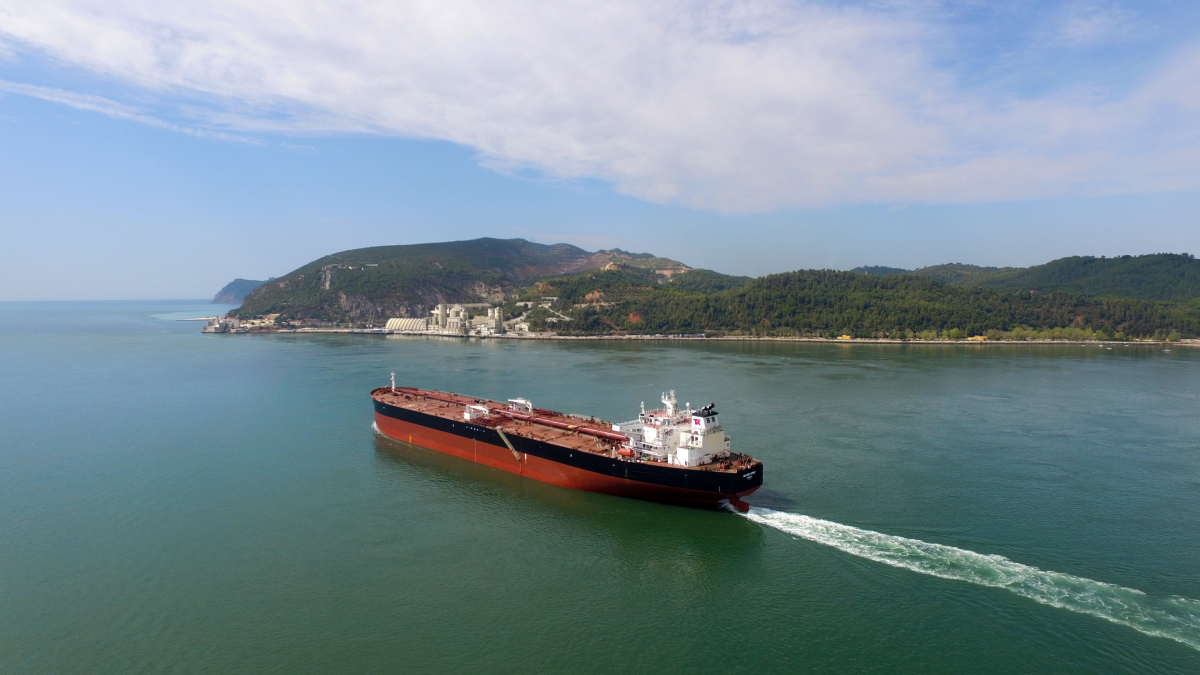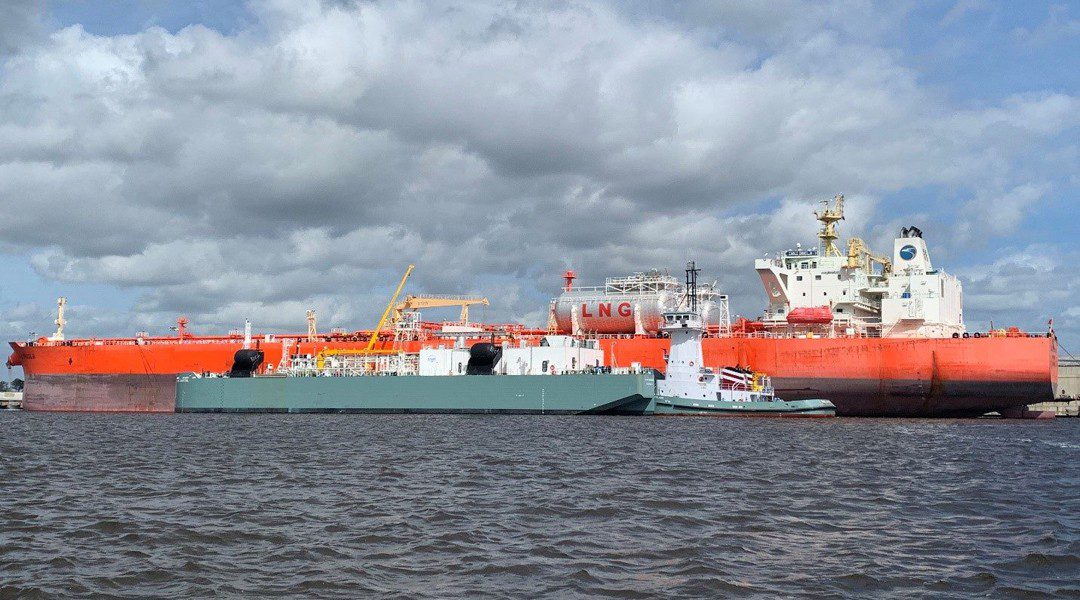 Teekay was expected to complete engine power limitation technology in its tanker fleet by the end of Q1 2024 (source: Teekay)
Teekay was expected to complete engine power limitation technology in its tanker fleet by the end of Q1 2024 (source: Teekay)
If the current fleets of tankers, bulk carriers and container ships do not modify their speed or specification, 45% will face D or E ratings by 2026, says Clarksons Research
Older tankers, bulk carriers and container ships could be facing Carbon Intensity Index (CII) ratings of D or E within two years, according to a leading maritime consultancy.
“We estimate that under CII, around 45% of today’s tanker, bulk carrier and container fleets will be D or E rated if they are still trading in 2026 and have not modified speed or specification,” said Clarksons Research.
Based on ROI and the vessel’s age, owners need to assess which operational and technical measures would work best to improve their ship’s CII. Older ships could be squeezed out by poor CII ratings.
Some tanker owners like Teekay have found using engine power limitation (EPL) as an effective means of compliance. Teekay expects its entire fleet, except for one vessel in lightering operations, to attain A, B or C ratings. It was expected to complete all EPL installations by the end of Q1 2024. It has also invested in hull coatings, hull flow optimisation, fuel optimisation systems and other technologies.
“VLCC owners broke quickly out of the gate in January and February”
IMO’s CII, which came into effect this year, measures a ship’s energy efficiency and is stated as grams of CO2 emitted per cargo-carrying capacity (either dwt or GT) and nautical mile.
There are five environmental ratings from best, A (major superior), to worst, E (inferior performance level), which are based on operational data collected during the previous year.
A rating of D for three years in a row, or E for a single year, will force a shipowner to develop a corrective action plan.
But IMO’s short-term measures for CII and EEXI both face scrutiny of their own. Delegates voiced those concerns at the Marine Environment Protection Committee 81st session (MEPC 81) at IMO’s headquarters in London in March.
“Common themes for poor attained CII were due to issues such as long waiting times at ports, difficulty in application of correction factors, communication between stakeholders, loading and unloading operations and shorter voyages,” reported Lloyd’s Register in summarising key takeaways from the meeting. CII and EEXI will be reviewed at MEPC 82, set for October 2024.
Increasing fleet age
Overall, the average age of the global fleet is rising, too, and up significantly from a decade ago. Data from Clarksons suggests the average age of the world fleet now stands at 12.8 years on a GT weighted basis — up from a low of 9.7 years in 2013. The average age of the bulk fleet is 12.2 years, tanker fleet, 13.2 years, and container ship fleet, 14.1 years.
Clarksons said the overall orderbook as a percentage of fleet capacity is “historically moderate” at about 12%, though there is a significant variation between sectors. The orderbooks for LNG carriers and containerships are relatively strong, at 51% and 22% respectively, while bulker and tanker orders equate to only about 9% each.
An encouraging sign for the tanker sector is the uptick in new ship orders at the start of 2024. While orders for new container ships have slowed, owners inked shipbuilding contracts for 84 tankers totalling 8.8M dwt in January and February — 44% above last year’s run rate according to Clarksons, when 493 ships of 35.6M dwt were ordered. VLCC owners broke quickly out of the gate in January and February, ordering 17 ships — a sharp contrast to 2023, when only 18 VLCCs were ordered during the entire year.
Prices for VLCCs (320,000 dwt) have also risen steadily over the last four years, from US$85M in 2020 to US$128M as of January 2024, a 51% increase.





